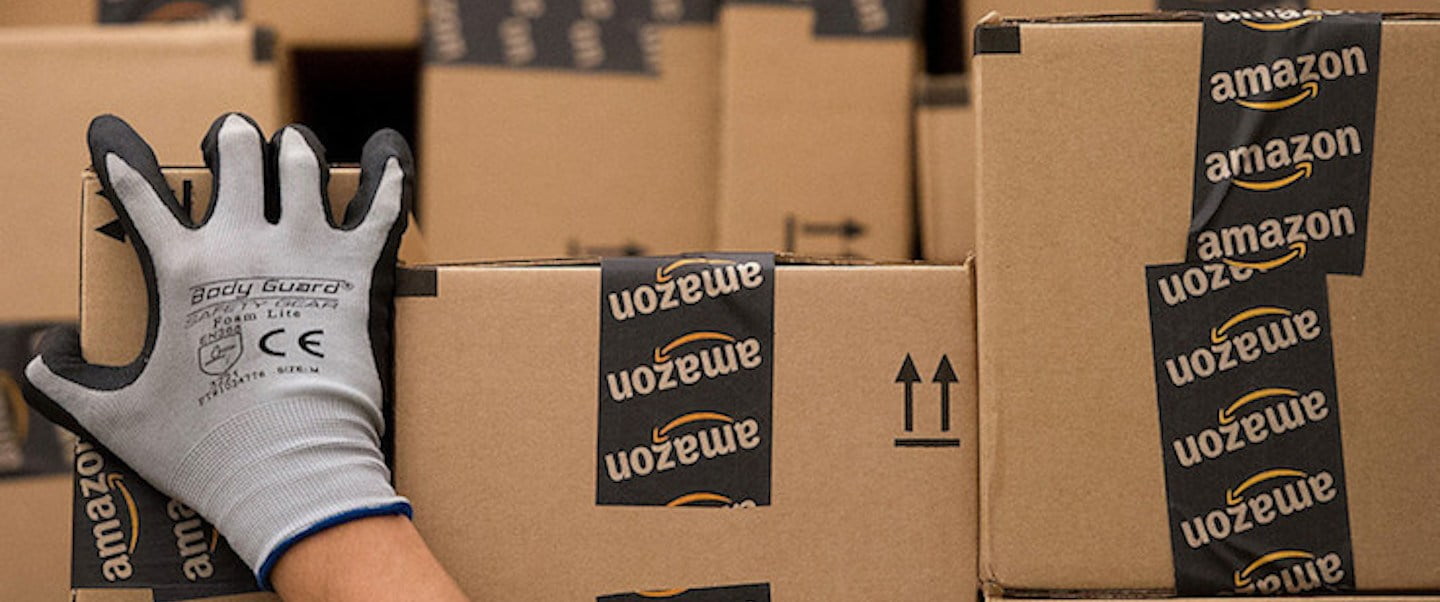
L2, the business intelligence platform that tracks brands’ digital performance, held a clinic yesterday in New York for fashion brands looking to compete with — or simply stay afloat amidst — Amazon’s rise.
It’s a hot topic of late, and for good reason: Amazon has seen a $64 billion growth in overall sales since 2010. What’s more, 52 percent of Americans currently have Amazon Prime. To compare, L2 pointed out that just 51 percent attend church monthly and 49 percent own a landline telephone.
While many have been suspect of Amazon’s ambitions in the fashion space, and whether it can really pull them off, L2’s founder Scott Galloway believes the company has effectively declared war in the space. “This is a company that has conspired with consumers and technology to destroy brands,” he said, alluding to shoppers’ preferences for low prices and the sophisticated algorithms the company relies on.
But there are a few insights, outlined below, that brands can use to either leverage Amazon’s power for their own benefit or compete with them directly.
 Amazon’s Echo Dot, with Alexa voice activation
Amazon’s Echo Dot, with Alexa voice activation
Get in bed with Alexa
Voice, in general, is on the rise, according to Greg Hedges, the director of strategy at Rain Agency, who predicts user growth in the space will increase from 390 million in 2015 to 1.83 billion by 2021. He went so far as to call this coming paradigm shift the “Age of the Ask.”
Amazon currently has the first-mover advantage on access, purchase intent and reach in that space with Alexa — the voice service that powers their Echo device — and L2 believes they will continue to dominate in the space.
As a result, if brands don’t do the work necessary to get involved with voice — specifically by creating skills and actions (the voice version of apps) for Alexa — Amazon is going to use that very tool to kill off many of the brands we know and love.
As L2 pointed out, the company is already working to drive more consumers to shop via Alexa than their website by offering discounted prices for most items purchased via voice. When you use Alexa to shop, you’re not surrounded by the usual visual cues from other brands, lending more power to Amazon’s preferred recommendations. “They will slowly but surely take control of your preferences so that they’re the ones Amazon makes the most margin on or that are Amazon Private Label,” said Galloway.
To mitigate this, brands will need to develop the aforementioned skills and actions that are popular enough on Alexa to drive direct brand purchases that are equally as seamless as those purchases made via Amazon’s marketplace. Everlane, for example, could create a shopping skill for all of their best sellers, allowing consumers to opt for their coveted tees or loafers over Amazon’s selection.
Hedges did offer one warning, however. “Think of voice as a product, not a campaign or a one-off,” he said. “Alexa’s the proxy, but how can you make sure she’s using your brand voice?”
 Heritage brands like Hermès are at less risk than others
Heritage brands like Hermès are at less risk than others
Not all products are Amazon-able
Oliver Chen, a senior retail analyst at Cowen & Company, is confident that certain retail sectors are more immune to Amazon’s reign. These include brands like Tiffany & Co. that serve up emotional content or offer an emotional shopping experience, like that of picking out your wedding ring with a loved one.
Heritage and luxury companies like Hermès and Louis Vuitton also wield more power against the juggernaut, due to the trust and craftsmanship often required of those purchases, neither of which Amazon is known for. (Counterfeit products are an ongoing issue.) Such premium products also require a level of brand control that, according to Ryan Bonifacino, the former CMO of Alex and Ani, a longtime first-party seller on the site, is “next to impossible at Amazon.”
Companies offering products that are experiential in nature or service-driven are also well-placed to compete with Amazon. Think brands like 3×1, with its made-to-measure denim offering, or Drybar, where customers can opt for a quick blowout alongside any product purchases.
 Basics are Amazon’s bread and butter
Basics are Amazon’s bread and butter
Replenishment categories are key
If a brand does decide to partner up with Amazon, limiting its product offering to only their brand staples is important, said Maureen Mullen, the chief strategy officer at L2. The replenishment of basics like tees and underwear is what Amazon sells really well, so to compete in the same space, brands should look to do the same. “Focus on a core assortment of 5-10 products in these categories,” she said, adding that it could be particularly well-suited to any licensed items.
What’s more, this allows a brand to retain some control over their image and continue driving customers to their own e-commerce platforms.
Mullen also suggests that brands use the site to target product segments they haven’t touched before, such as plus or petite sizes. It’s much easier to connect with these hard-to-reach consumers on Amazon, where they’re already shopping, she said, than to spend extra time and money chasing after them yourself.
[Source:-digiday]




